
For this edition of Classic Ink, we are going to take a look back at Honda’s dual-sport lineup for 1986.
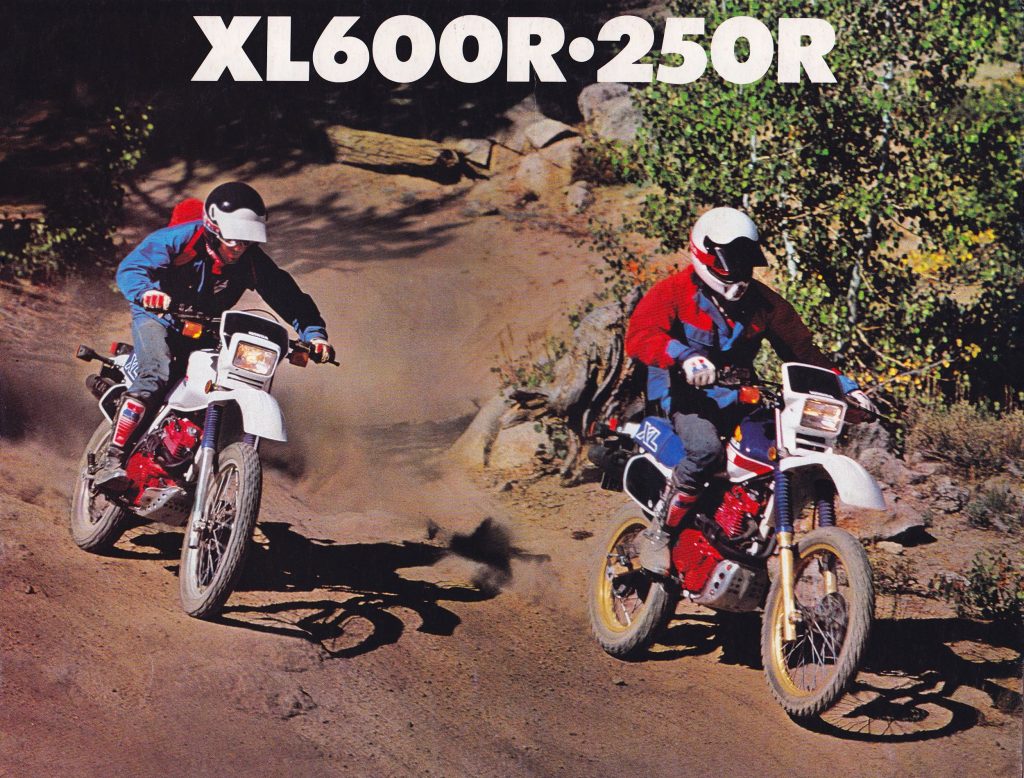 Dual-sports like the 1986 XL250R and XL600R promised go-anywhere capability and do-anything practicality to riders looking for a little adventure to go with their daily commute. Photo Credit: Honda
Dual-sports like the 1986 XL250R and XL600R promised go-anywhere capability and do-anything practicality to riders looking for a little adventure to go with their daily commute. Photo Credit: Honda
Today, dual-sport motorcycles are all the rage. A motorcycle enthusiast can find everything from sixties-style “scramblers” to hard-core off-roaders to scratch that two-wheeled itch. At the high-performance end, you have machines like Honda’s CRF450RL, KTM’s 500 EXC-F, Husqvarna’s FE 450, and Beta’s 430 RR-S which are little more than dirt bikes with turn signals. In the middle ground, you find machines like Suzuki’s venerable DR-400S and Honda’s timeless XR650L. These dual-sport stalwarts offer dirt-worthy capability with a good deal more everyday comfort than the European exotics. Stepping down one more notch in off-road capability finds machines like Kawasaki’s legendary KLR650, Suzuki’s DR650S, Honda’s CRF300L, and Kawasaki’s KLX300. These machines offer off-road styling, but personalities best suited to fire-road exploring and daily commuting. At the complete opposite extreme from the dirt bikes with lights, you find big and expensive “Adventure” bikes like Honda’s Africa Twin, BMW’s R1200GS, and KTM’s 1290 Super Adventure. These machines are notable for their incredible versatility, surprising capability, and expansive feature sets.
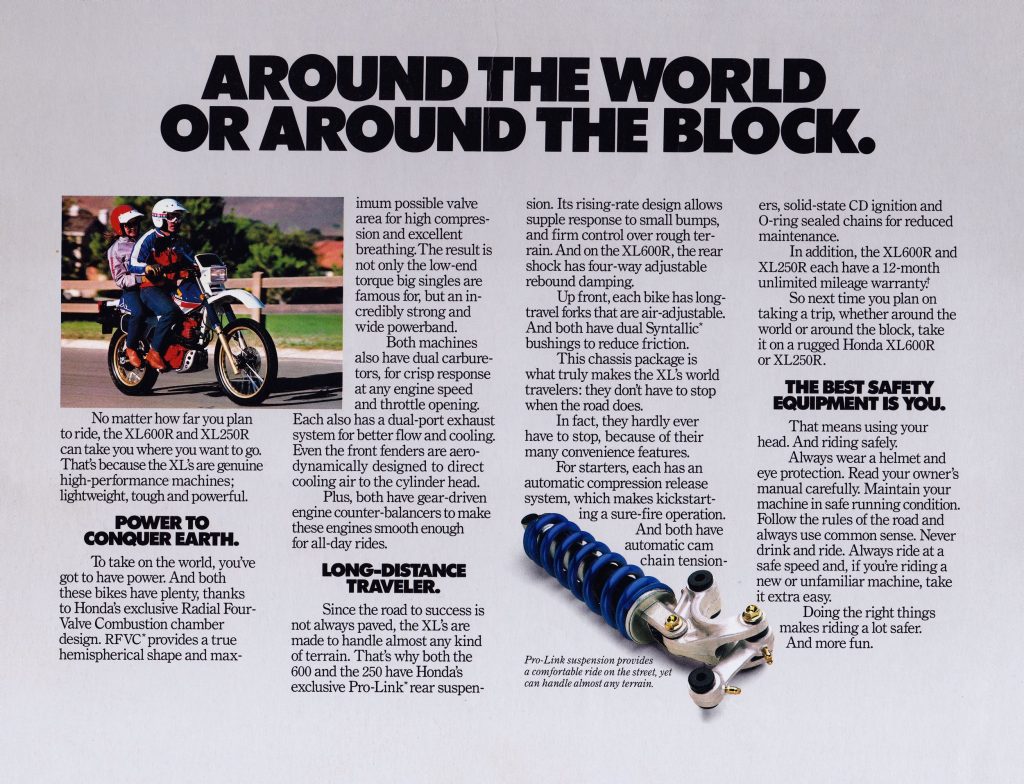 While the XLs featured a similar single shock Pro-Link arrangement to the ones found on the CRs, soft settings and less-sophisticated internals meant they offered much more limited performance.
While the XLs featured a similar single shock Pro-Link arrangement to the ones found on the CRs, soft settings and less-sophisticated internals meant they offered much more limited performance.
With such a wide variety of machines available, it can be easy to find the right machine for you. Looking to ride to work all week and do a little dirt road exploring on Sunday? Pick up a CRF300L or KLX300 and your commute just got a lot more entertaining. Looking to ride from Montana to Alaska for a summer vacation? Pick up a KLR650 and hit the highway bound for the northern lights. Thinking about conquering a Baja adventure? Honda’s XR650L has the power and pedigree to get you from La Paz to Ensenada without breaking a sweat.
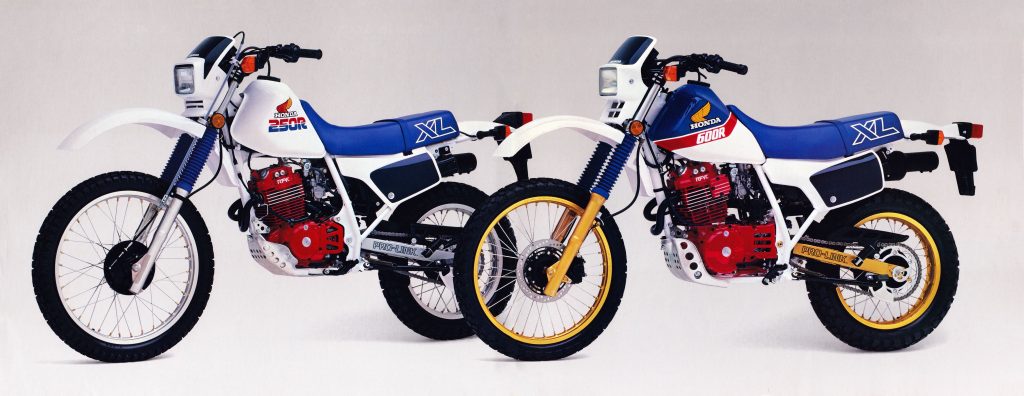 Both the XL models for 1986 offered radically updated appearances that set them apart from their CR and XR siblings.
Both the XL models for 1986 offered radically updated appearances that set them apart from their CR and XR siblings.
In the mid-eighties, however, the dual-sport (or dual-purpose as it was known then) marketplace was very different. Honda XLs, Suzuki SPs, Yamaha XTs, and Kawasaki KLRs were the dual sports of their time and none of them offered performance to rival their off-road counterparts. Soft and underdamped suspension, big-time weight, and a healthy dose of DOT froof meant these machines could be a bit of a handful off the beaten path. All of them made good commuters and they could be fun for a little fire roading but throw in some deep sand whoops and a healthy dose of mud and their limitations became quickly apparent.
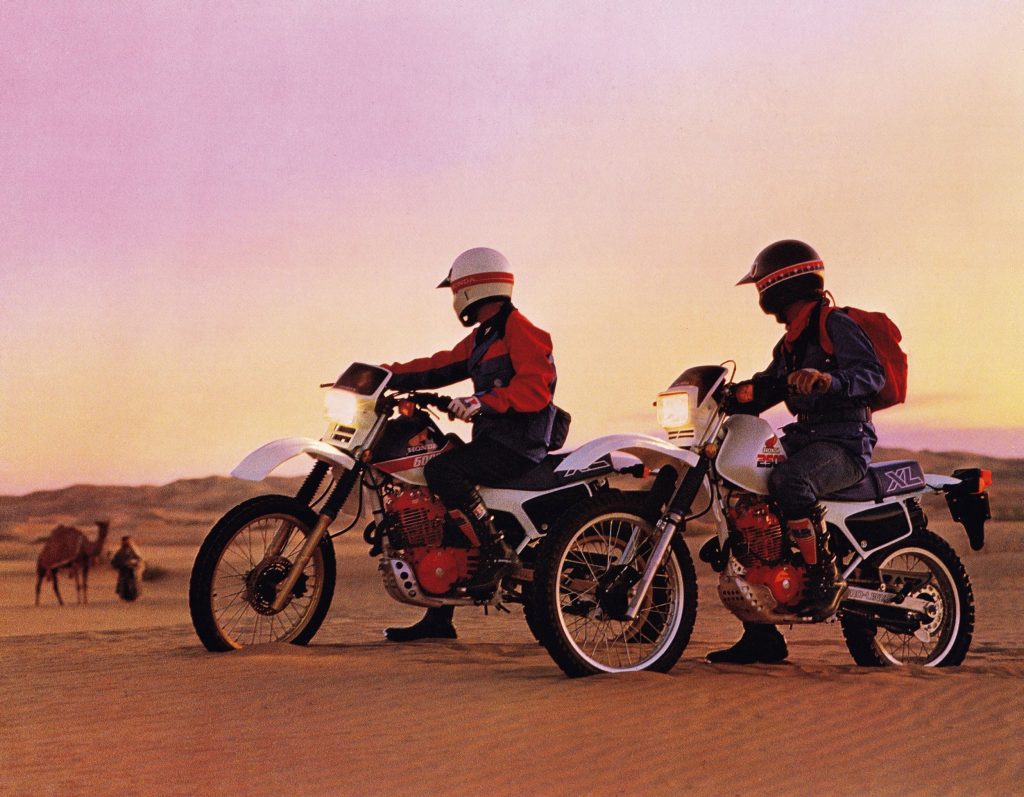 While surprisingly capable off-road with some modest upgrades, the XL’s stock street-focused tires made trips to the dunes and runs through the mud inadvisable.
While surprisingly capable off-road with some modest upgrades, the XL’s stock street-focused tires made trips to the dunes and runs through the mud inadvisable.
While none of the Japanese dual sports of the mid-eighties were particularly great dirt bikes in stock condition, that did not stop them from developing a devoted following. Rugged, reliable, affordable, and relatively light, bikes like the Honda XLs made a great choice for first-time riders, city commuters, and enthusiasts looking for a street-legal machine that could do a little off-road adventuring from time to time. As long as you kept their limitations in mind, these do-it-all machines of the 1980s could be fun and willing off-road partners.
In 1985, Honda had the most expansive dual-sport lineup in the business. That season, they offered the XL80S, XL100S, and XL125S for campers and beginners, the XL250R for commuters, and the big-bore XL350R and XL600R for canyon carvers and fire road bandits. All three of the full-sized XLs featured Honda’s patented RFVC motor design, Pro-Link single-shock rear suspension, and styling straight off the CR motocrossers. With their added weight and power, the XL350R and XL600R also got the benefit of a front disc to help bring them down from speed.
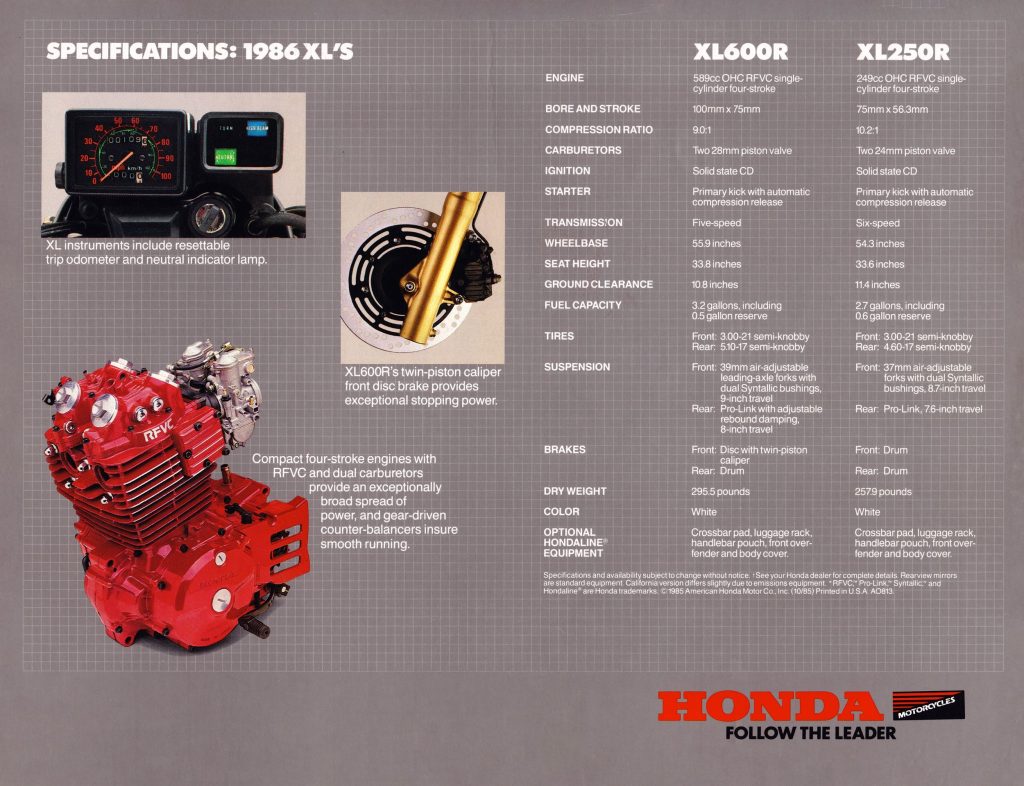 Introduced in 1983, Honda’s four-valve 599cc RFVC mill has proven to be one of the most long-lived and successful engine designs in off-road history. With a pedigree that includes countless desert and cross-country victories, this rugged, simple, and powerful engine design has been a mainstay in Honda’s off-road lineup for four decades.
Introduced in 1983, Honda’s four-valve 599cc RFVC mill has proven to be one of the most long-lived and successful engine designs in off-road history. With a pedigree that includes countless desert and cross-country victories, this rugged, simple, and powerful engine design has been a mainstay in Honda’s off-road lineup for four decades.
For 1986, Honda paired down their dual-sport offerings significantly, dropping the XL80S, XL100S, XL125S, and XL350R from the lineup. This left the XL250R and XL600R as the only traditional dual-sport machines in the Honda stable. An all-new machine, the Honda Reflex 200, was added in 1986, but its trials-based design seemed to answer a question no one was asking. It was too slow for highway use and too uncomfortable for commuting. Perhaps its purpose was to offer a replacement machine to campers lamenting the demise of the smaller XLs. Regardless of the reasoning behind its design, it failed to find much of an audience in Honda’s showrooms.
With the XL250R and XL600R, you had two machines that appeared much different than the year before, but nearly all of the changes for ‘86 were cosmetic. Both XLs adopted an all-new color scheme that harkened back to the white and red Mugen machines ridden by Johnny O’Mara in 1981. White plastic, bold new graphics, and a thick coat of fire engine red paint for the motors gave the ’86 XLs a very distinctive look that set them apart from their understated predecessors. Even by 1980s standards, the red, white, and blue graphics, “look at me” motor paint, and gold accents on the XL600R were a bold aesthetic choice.
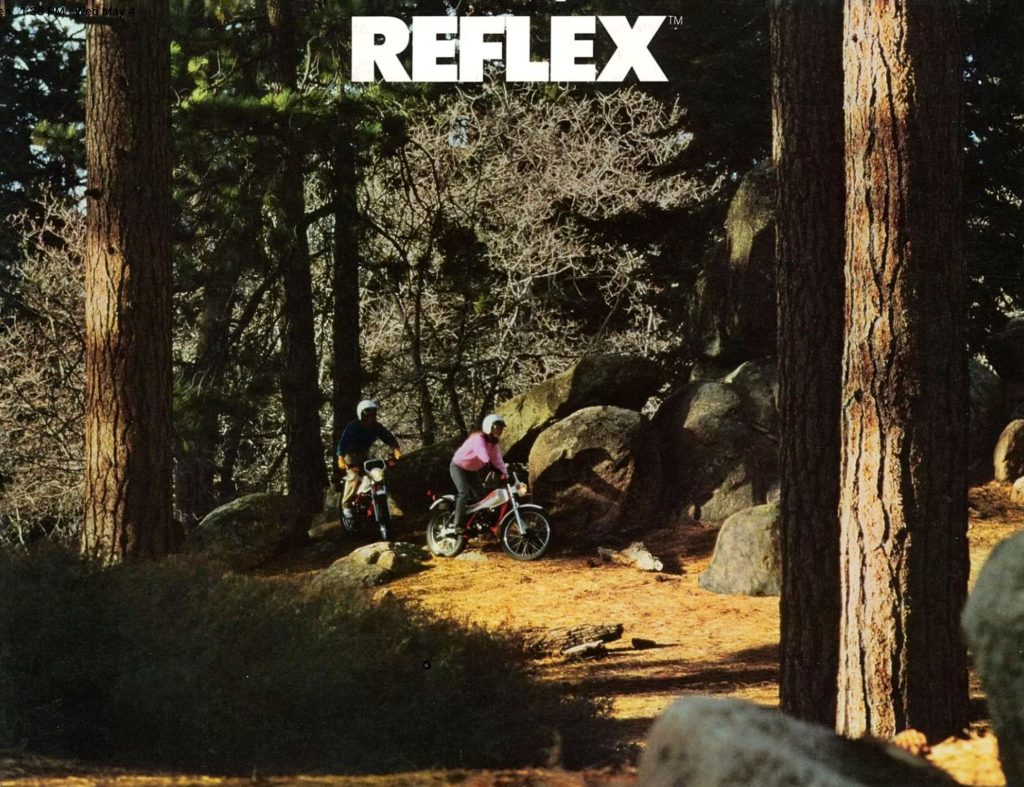 For 1986, Honda dropped all their small-bore XL offerings and introduced a unique off-roader aimed at trials enthusiasts.
For 1986, Honda dropped all their small-bore XL offerings and introduced a unique off-roader aimed at trials enthusiasts.
While both machines looked quite different than the year before, mechanically they were largely unchanged. Aside from the color swap, all the bodywork was identical to 1985 apart from an upgraded seat cover on the 600 that was designed to prevent water from seeping into the foam. Both bikes got upgrades to the handlebar switches and tweaks to the dual carburetors, cam profile, and ignition to aid starting. Both machines once again featured Honda’s single shock Pro-Link rear suspension, but the dampers found on both were less sophisticated than those found on the off-road only XRs. The shock on the XL600R did offer four adjustable settings for rebound but neither the 600 nor 250 featured any adjustments for compression. Both sets of forks were similarly rudimentary with the only available adjustment being air pressure using Shrader valves in the fork caps. The fork diameter was significantly smaller than what was offered on the XRs as well with the XL600R making do with flexy 39mm legs and the XL250R offering mini-class-sized 37mm stanchions. Once again, it was important to keep the XL’s intended use in mind before airing out any road jumps or pinning it through any sand washes. If you kept it chill and enjoyed the scenery, the XLs could be a lot of fun, but if you tried to do your best Bruce Ogilvie impression across the desert you were likely to find yourself picking cactus thorns out of your backside.
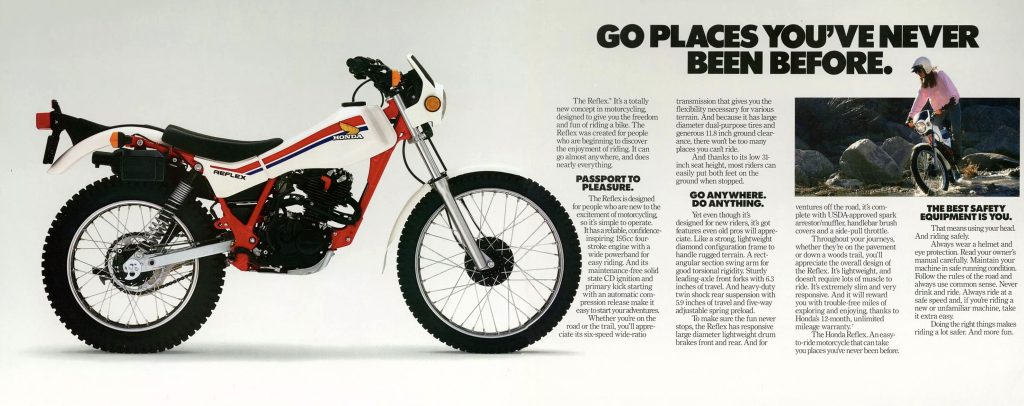 Marketed as a light entry-level off-roader, the Reflex’s lack of comfort on-road and modest capability off-road made it a tough sell to many.
Marketed as a light entry-level off-roader, the Reflex’s lack of comfort on-road and modest capability off-road made it a tough sell to many.
While the Reflex quickly made its way into obscurity, the spirit of the XL250R and XL600R still very much live on in the form of the modern CRF300L and XR650L. Much of the current XR650L’s DNA can be traced right back to this XL600R with both machines sharing the same basic motor design. The current CRF300L is much more of a modern creation with its inverted forks and fuel injection, but its mission is not all that dissimilar to this XL from a bygone era. Fun, affordable, and reliable transportation will never go out of style, and Honda knows that every bit as much today as it did in 1986.
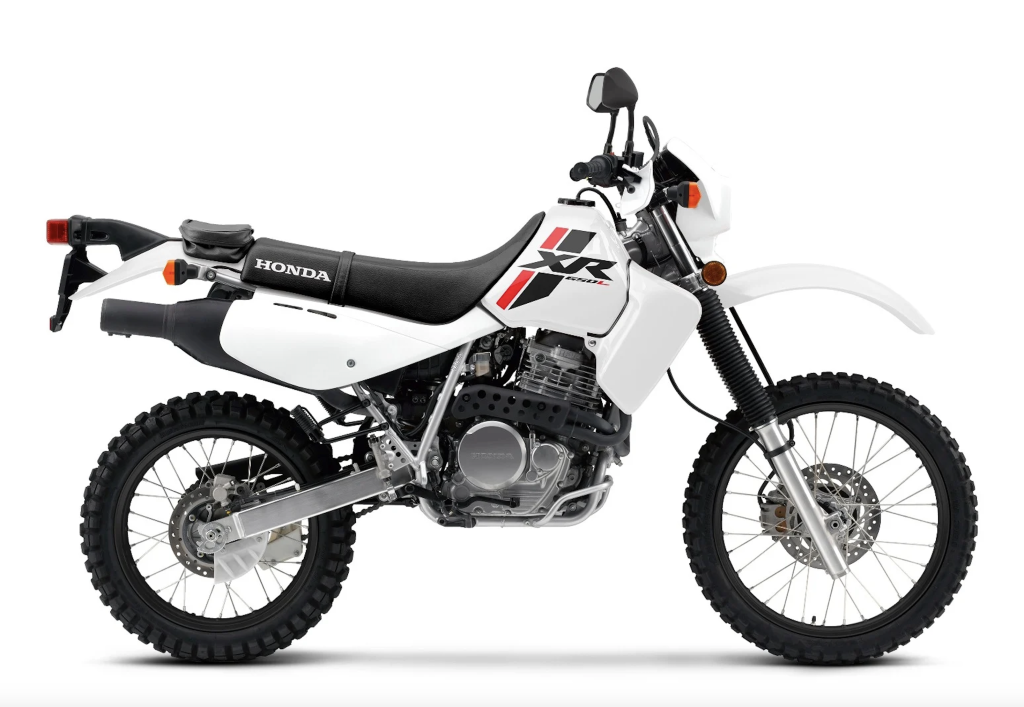 While certainly higher in performance, much of the 1986 XL600R’s DNA can still be seen in Honda’s 2023 XR650L.
While certainly higher in performance, much of the 1986 XL600R’s DNA can still be seen in Honda’s 2023 XR650L.





